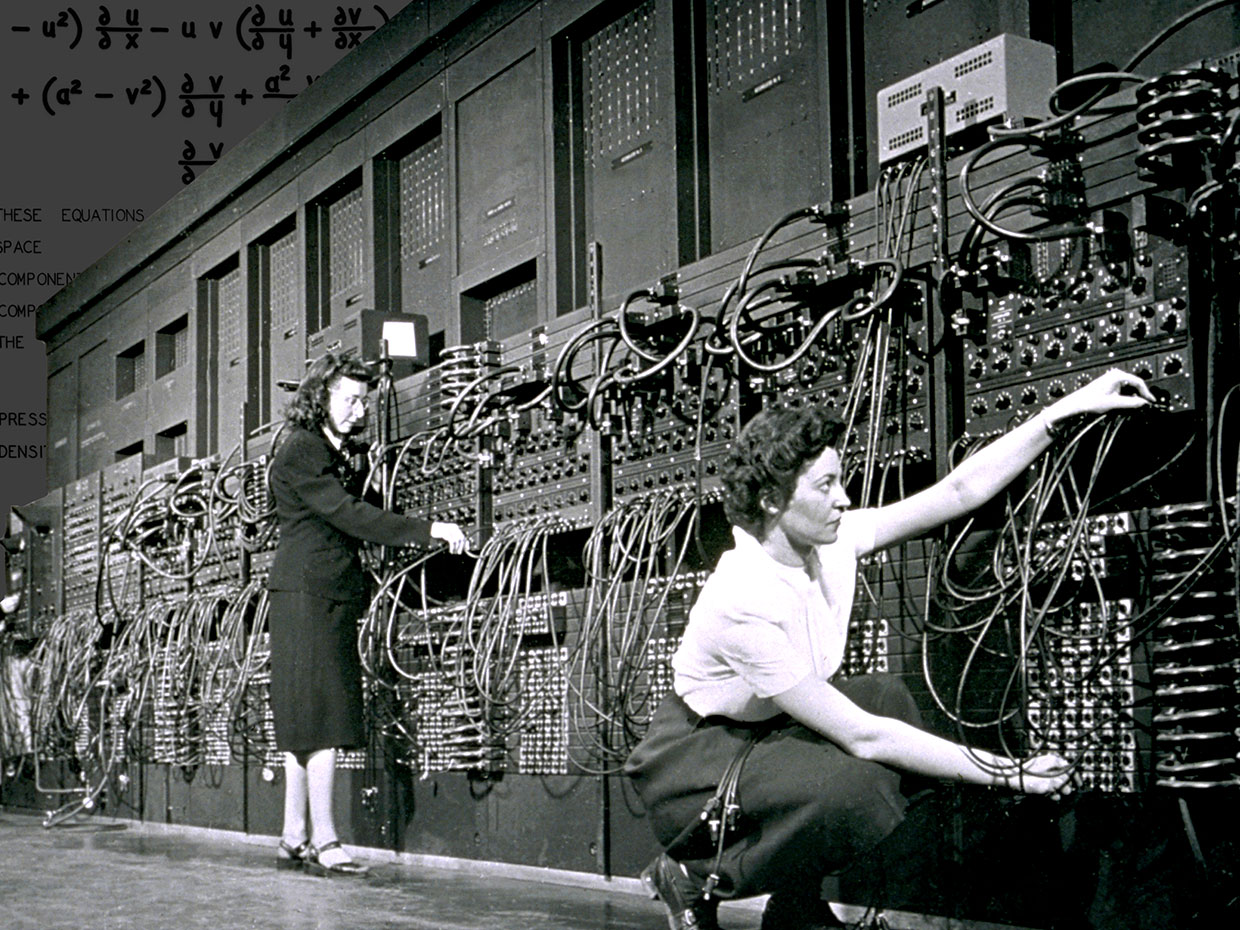3.1 The Manhattan Project
03 Early Computers and Mainframe Games
The Manhattan Project
Introduction
Games and play date back from before the invention of the computer. That said, the History of Digital Games as we know it is just shy of a century. It covers a relatively short history, from what scholars have referred to as the most violent century in human history. As long as there have been computers. If the story of the 20th century is one characterized by violence, displacement, genocide – then the history of digital games is somehow a reflection or a product of that history. It is a story woven together from many stories, characters and events.
The Manhattan Project and the Cold War

"...the Cold War was more than just a military conflict. It was a struggle between two incompatible visions of the future and would be fought not just in diplomacy and warfare but in economic development, propaganda, espionage and technological progress. And it was in the technological arms race of the Cold War that the video game would be conceived." (Donovan, Replay, p. 3)
The early history of computers is set against the backdrop of the development of the nuclear bomb and the ensuing arms race that came to be known as the Cold War. Now, this may seem like a strange place to begin a history of digital games. We don’t often associate the two, especially with the rise of console gaming. But, if we are to focus our initial attention on the history of digital games, then it is of utmost importance that we understand why and how computers came into existence.

Two female programmers leaning down to manipulate hardware on a giant computer. Marlyn Wescoff (left) and Ruth Lichterman (right) were two of the female programmers of ENIAC.
In the above image we can see Marlyn Wescoff (left) and Ruth Lichterman (right) programming the Electronic Numeric Integrator and Calculator, or ENIAC for short. This is one of the first computers ever created. Programmers would interact with the computer by putting punch cards into it, and would receive punch cards out. Financed by the U.S. military, and housed at the University of Pennsylvania, it cost $500,000 and was the size of a room.
It’s important to remember that early computers like ENIAC were not seen as something that could think. ENIAC, and other computers like it, were created as gigantic, glorified calculators.
It's a far cry from what we think of as computers today: slim Apple laptops with minimal white boxes and sleek product photography, or LED lit custom gaming PCs with expensive GPUs. It all started off with these giant machines that were the size of buildings.